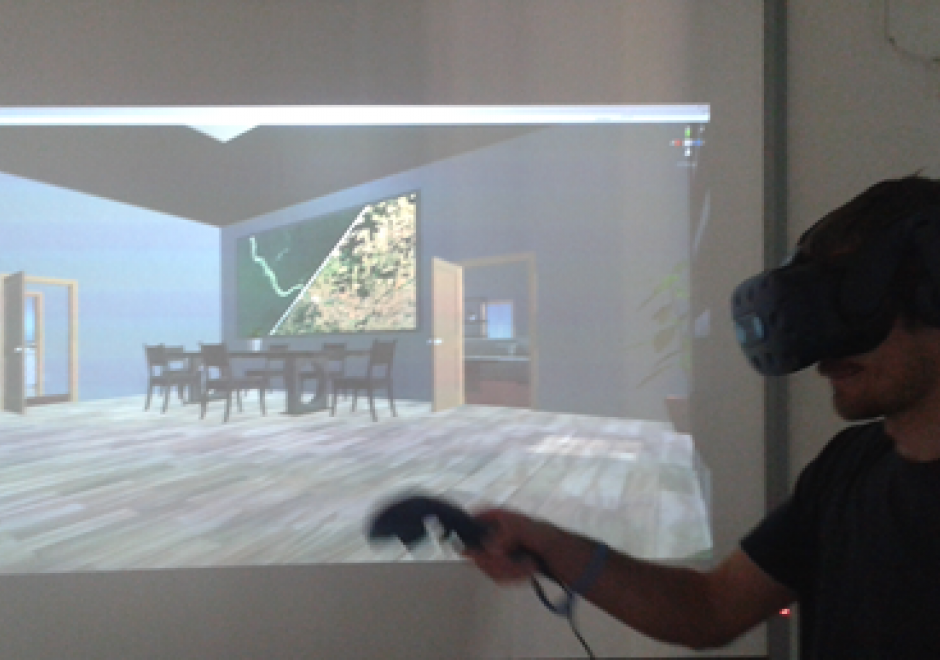CV-16 - Virtual and Immersive Environments

A virtual environment (VE) is a 3D computer-based simulation of a real or imagined environment in which users can navigate and interactive with virtual objects. VEs have found popular use in communicating geographic information for a variety of domain applications. This entry begins with a brief history of virtual and immersive environments and an introduction to a common framework used to describe characteristics of VEs. Four design considerations for VEs then are reviewed: cognitive, methodological, social, and technological. The cognitive dimension involves generating a strong sense of presence for users in a VE, enabling users to perceive and study represented data in both virtual and real environments. The methodological dimension covers methods in collecting, processing, and visualizing data for VEs. The technological dimension surveys different VE hardware devices (input, computing, and output devices) and software tools (desktop and web technologies). Finally, the social dimension captures existing use cases for VEs in geo-related fields, such as geography education, spatial decision support, and crisis management.

CV-16 - Virtual and Immersive Environments
A virtual environment (VE) is a 3D computer-based simulation of a real or imagined environment in which users can navigate and interactive with virtual objects. VEs have found popular use in communicating geographic information for a variety of domain applications. This entry begins with a brief history of virtual and immersive environments and an introduction to a common framework used to describe characteristics of VEs. Four design considerations for VEs then are reviewed: cognitive, methodological, social, and technological. The cognitive dimension involves generating a strong sense of presence for users in a VE, enabling users to perceive and study represented data in both virtual and real environments. The methodological dimension covers methods in collecting, processing, and visualizing data for VEs. The technological dimension surveys different VE hardware devices (input, computing, and output devices) and software tools (desktop and web technologies). Finally, the social dimension captures existing use cases for VEs in geo-related fields, such as geography education, spatial decision support, and crisis management.